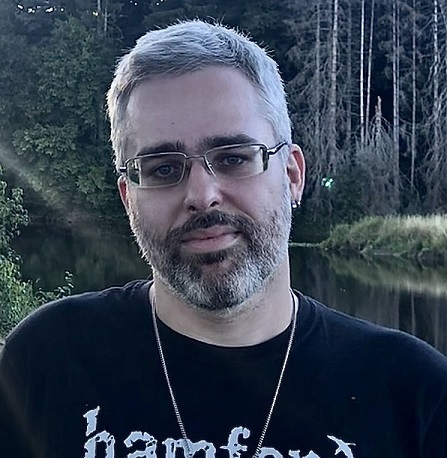The Fight to End State Violence Against Black People in Brazil (25/04/2019)
On April 7, 2019, Army personnel fired more than 80 shots at a car carrying a family in the western zone of Rio de Janeiro, Brazil. The driver, Evaldo Rosa dos Santos, died on the spot. His father-in-law and a man passing by the scene were wounded. Evaldo was Black, as is the case for most of the victims of state violence in Brazil.
Brazilian officials still deny this reality. “The Army didn’t kill anybody, no, the Army is the People’s Army. We cannot accuse the people of being murderers. There was an incident, there was a death, we lament the death of the honest, working, citizen, the responsibility [for the crime] is being investigated,” far-right Brazilian President Jair Bolsonaro said on April 12, in reference to Santos’ murder.
Even though most of the state-sanctioned violence comes from the military police, the Army has done its fair share — particularly in Rio de Janeiro, where they have repeatedly occupied impoverished communities and several areas of the city during major events. In 2018, the federal government intervened in Rio de Janeiro, passing control of public security to the Army.
Brazil has the highest number of deaths by firearms in the world, with 43,200 victims in 2016 alone (71.5 percent were Black). There were 62,517 homicides in 2016, which grants Brazil the title of the country with the highest rate of homicide in the world. Brazil also has the third largest prison population in the world, in which Black people are over-represented and account for more than 60 percent of incarcerated people. Ninety-five percent of the country’s imprisoned are impoverished, and two-thirds have not completed primary education.
Full article at The North Star’s website. Date of publication: 25/04/2019.



Deixe um comentário